Will the newest supersonic jet really fly you from London to New York in an hour?
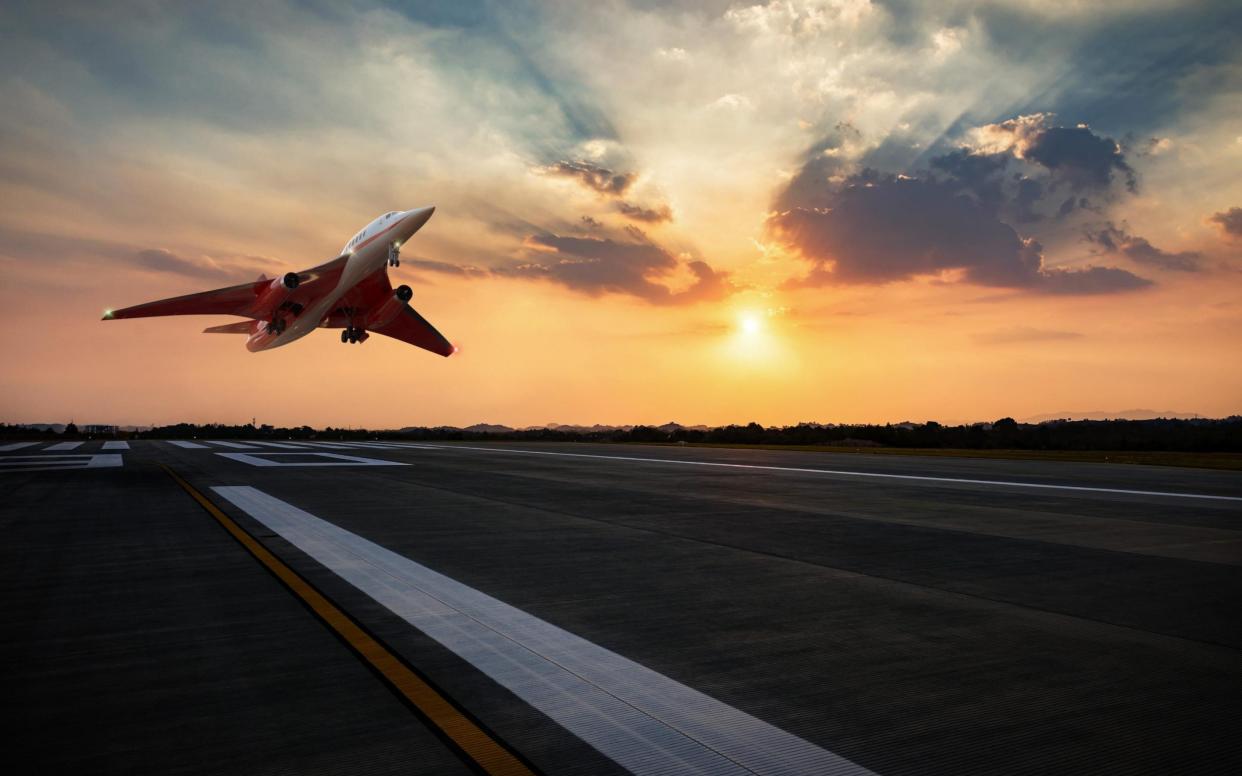
- Oops!Something went wrong.Please try again later.
You don’t need expert analysis to know it has been a horrendous year for airlines. For someone who lives on a flight path, eerily aircraft-free skies have been a small silver lining to the giant cloud hanging over the industry. All the news stories cover similar ground – airlines are burning cash quicker than Mike Tyson in his tiger-buying years.
Do we finally have a good news story? By the end of the decade, we read, it will be possible to fly from London to New York in less than an hour. This is the kind of headline that makes you do a double-take. Massive progress of this kind is not something we are accustomed to from airlines. Because whilst all other technology gets better, airlines, at least in terms of top speed, have got slower.
When Concorde came into service in the 1970s, this looked like the future of air travel. But of course it didn’t go that way. Concorde was an engineering marvel, but as a business proposal it was less marvellous. Glamorous and able to cross the Atlantic in under three hours, Concorde was also noisy and expensive, struggled to fill its 100 seats, and never made money. So when it was retired in 2003, things went back to how they’ve stayed since, seven hours or so to cross the Atlantic, depending on the wind.
The new superfast jet was announced in the form of a teaser pic from the Florida-based firm Aerion. The AS3, of which more is being revealed later this year, will carry 50 passengers up to 8,000 miles. And the company, in partnership with NASA’s Langley Research Center, is investigating speeds of between Mach 3 and Mach 5. That max equates to just over 3,800mph, meaning a theoretical journey time from London to New York of just one hour.
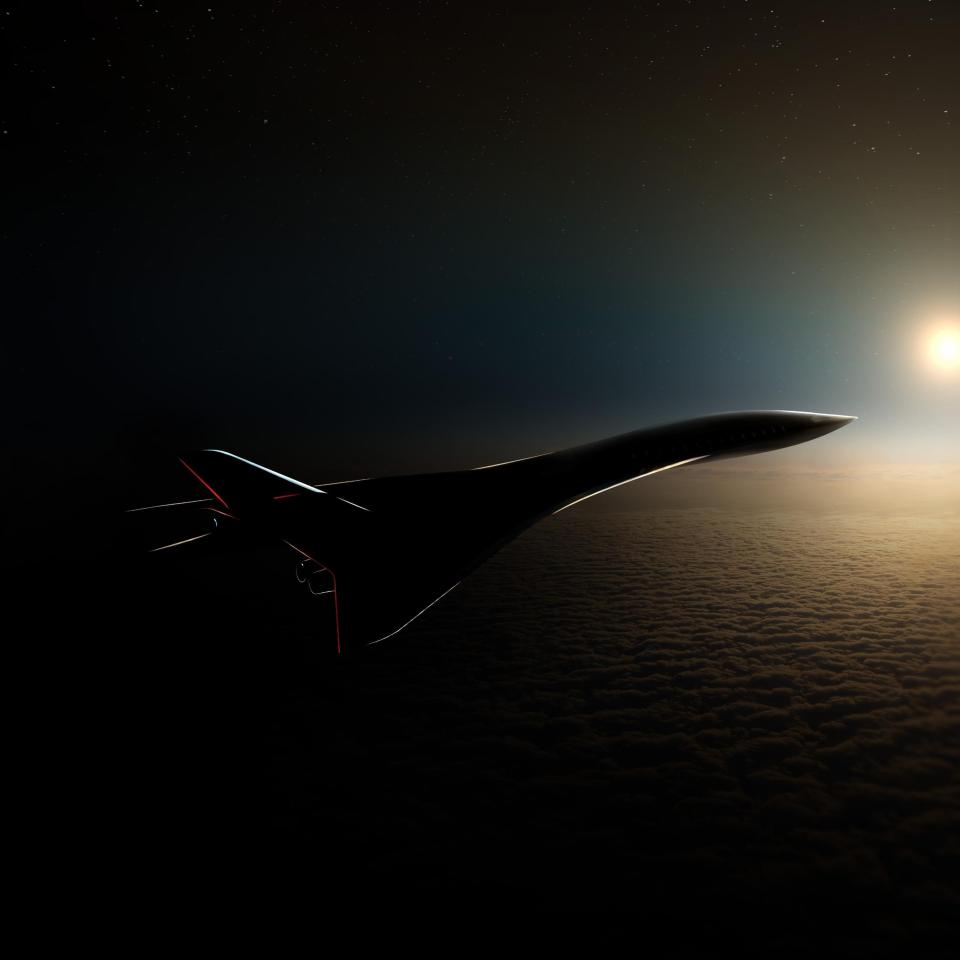
Particularly at a time when we are all at our very least-travelled, this is an astounding prospect. You could have lunch in London, hop on a plane, and get to New York in time for breakfast. At a time when breakfast anywhere beyond your own kitchen sounds daring, tearing over the Atlantic and travelling backwards in time blows your mind.
But a shadowy pic and a theoretical top speed do not mean it is time to book your superflight. Will this actually become a reality? We already have some pretty quick planes. The Lockheed SR-71 Blackbird is the fastest jet in the world, and will travel at 2,100mph, knocking Concorde’s 1,350mph into the slow lane. Sadly the Blackbird is a military recon plane with barely room for two crew members squeezed amid the instruments. Not the thing for paying passengers.
There are other supersonic passenger jets in the works, though. Colorado-based Boom Supersonic has already unveiled its XB-1 demonstrator plane, which is due to be test-flown by the end of the year or early 2022. The plane is going to be developed into Overture, a “supersonic airliner” that Boom says will take paying passengers by the end of the decade.
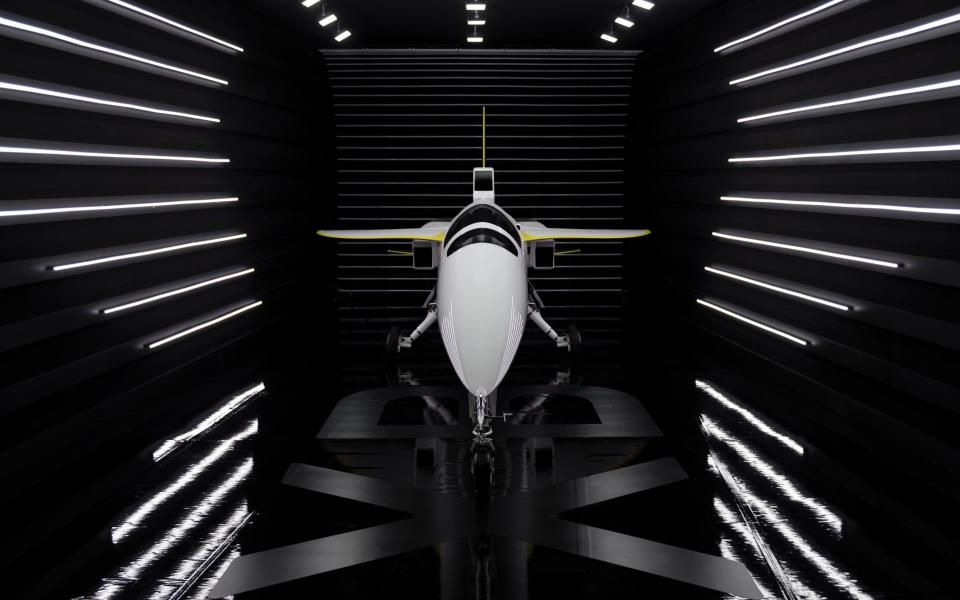
Earlier this year Spike Aerospace sent out pictures of the mega-lux cabin of the S-512 supersonic jet. The Boston company says the 1,100mph jet will have a a low-sonic boom, a so-far theoretical holy grail that will decrease noise and make supersonic flight over land a possibility, after Concorde triggered a widespread ban.
Aerion’s AS3 is still years away but the same company has another supersonic jet that is much closer to reality. The smaller AS2 is due to go into production in 2023 and the company plans to build 300 jets. Crucially, NetJets, the big daddy of private jet companies, has pre-ordered 20.
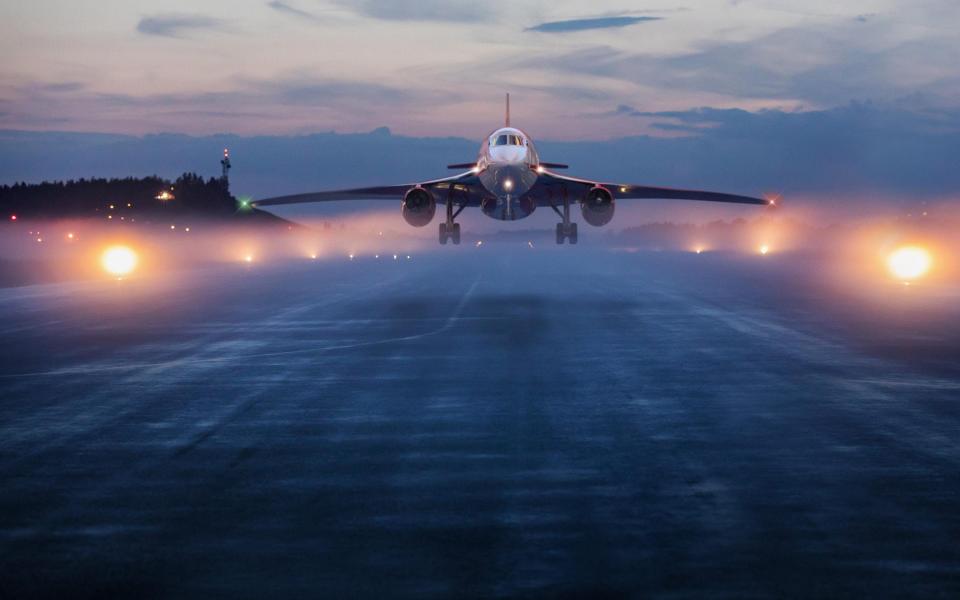
The backing of a powerhouse is exactly what a company needs if something like this is going to happen. Designing clever-looking planes is one thing, but actually putting them into production is a huge undertaking that has sent many to the poor house. And money, according to aviation expert RW Mann Jnr, is the enemy of going fast.
“Speed costs money,” Mann said. “The faster you go, the more it costs, and that increase is not linear. Most people are price-seeking customers. Therefore the low-priced aeroplane is not going to be the fast aeroplane. So the market for this is never going to be large. The focus for the most part is on transporting people with the greatest efficiency and lowest environmental impacts.”
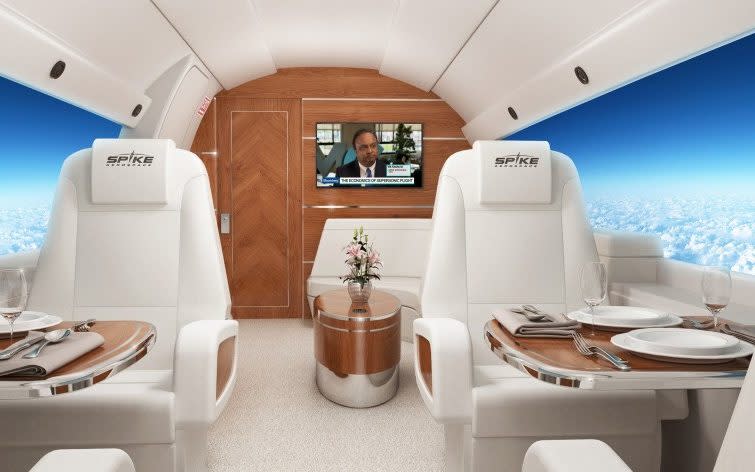
But surely every new bit of technology is expensive at first, right? Like computers and with mobile phones, they start off just for deep-pocketed early adopters, and then later we all get them. Unfortunately not in this case. Commercial flights are not going to get any quicker in anything like the near future. It is difficult and expensive, but even if it wasn’t, airlines just don’t have the money, says air transport consultant John Strickland.
“We are just seeing newer aircraft like the Boeing 787 Dreamliner and Airbus A350 going into service,” Strickland said. “Having invested in these, as well as dealing with order losses due to the Covid-19 crisis, there is no funding available by manufacturers to look at higher speed aircraft.”
So yes, supersonic travel is coming back. A few private jets will go very fast, and one will perhaps even cross the Atlantic in an hour. But they will be the exception. After a rubbish year for the airlines, they are keen to get back in the air as quickly as possible. But how fast they fly is not the priority.

